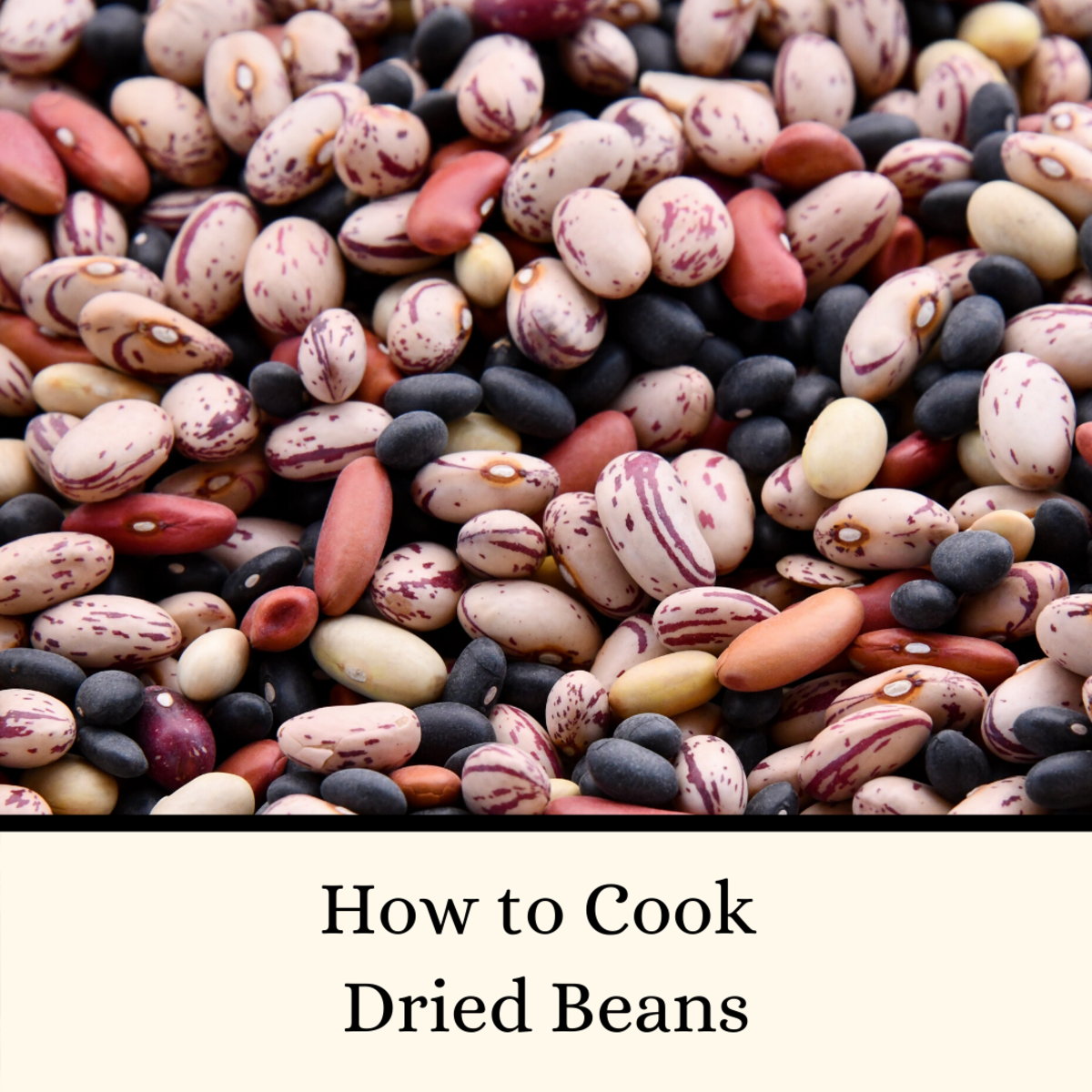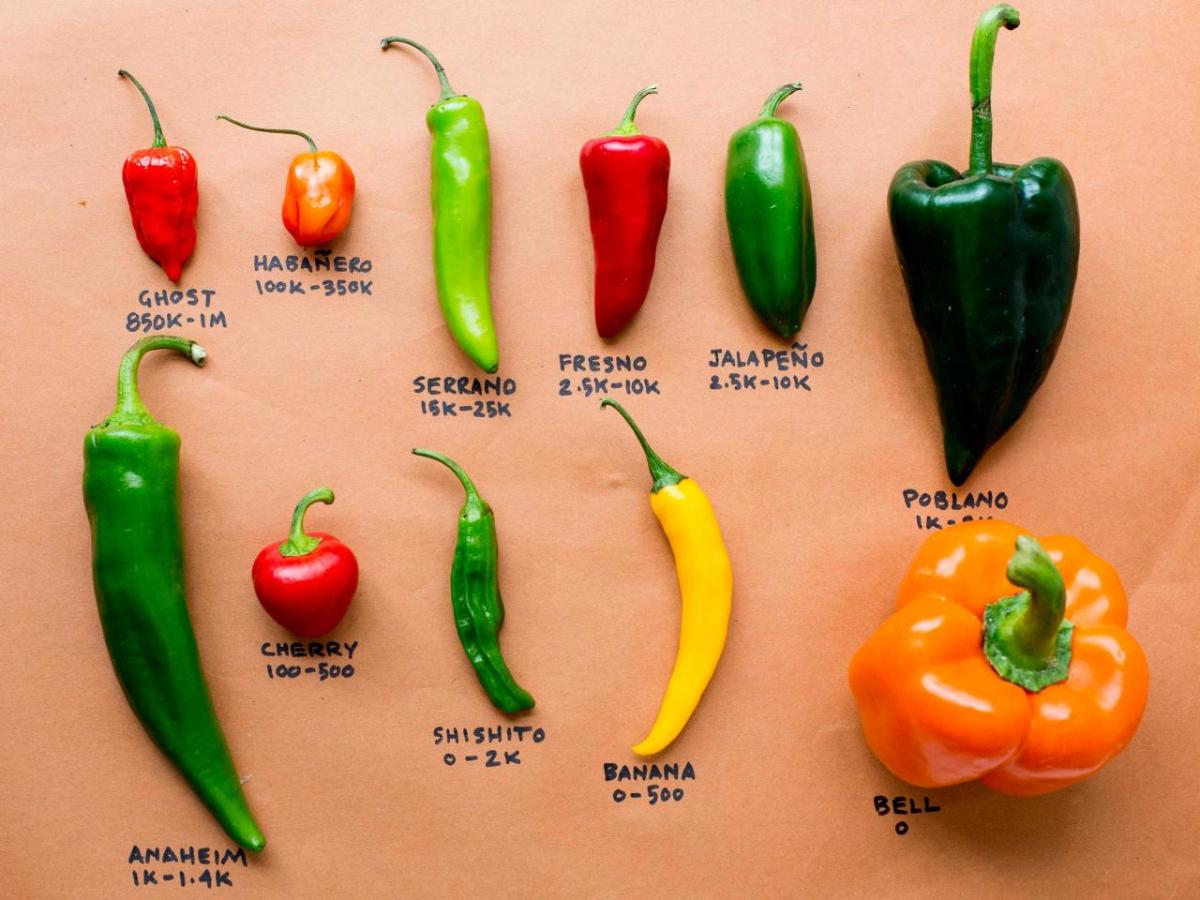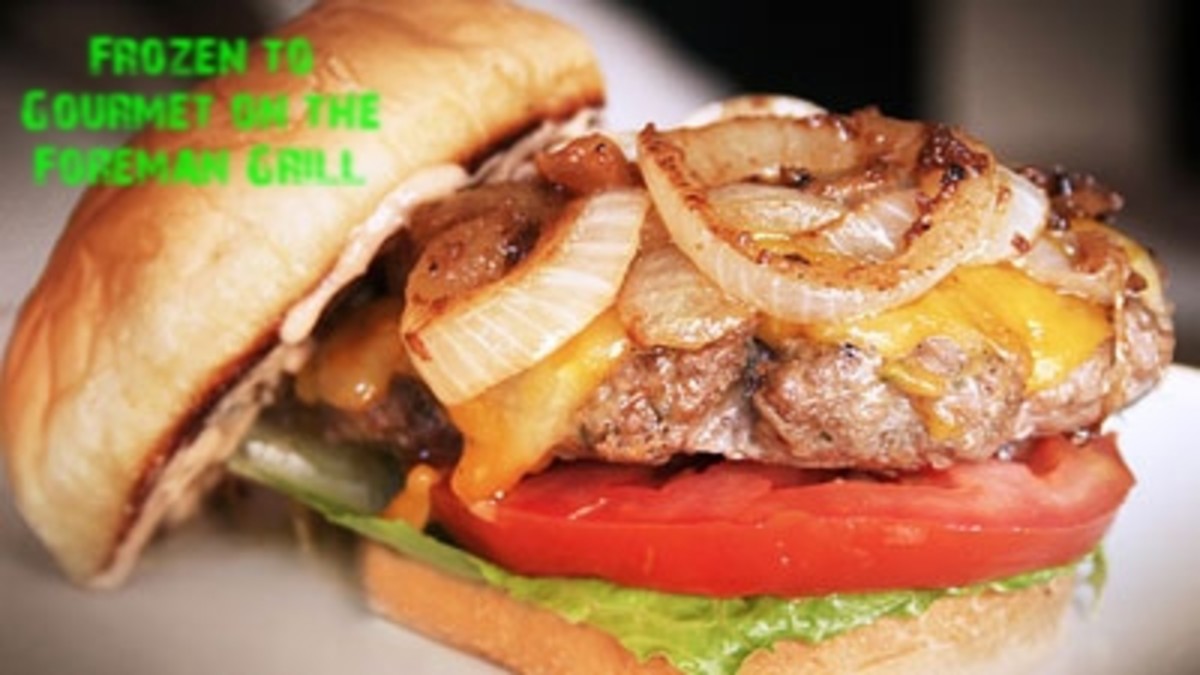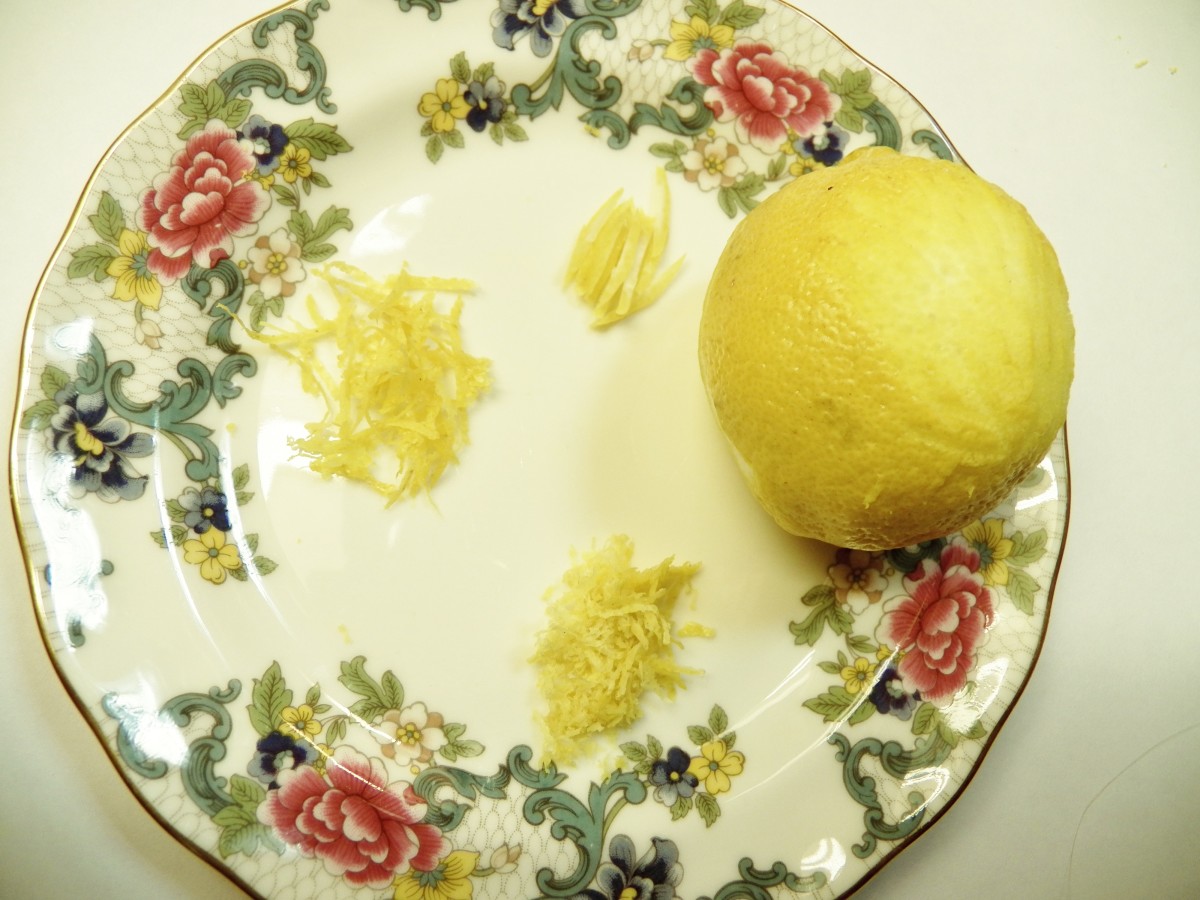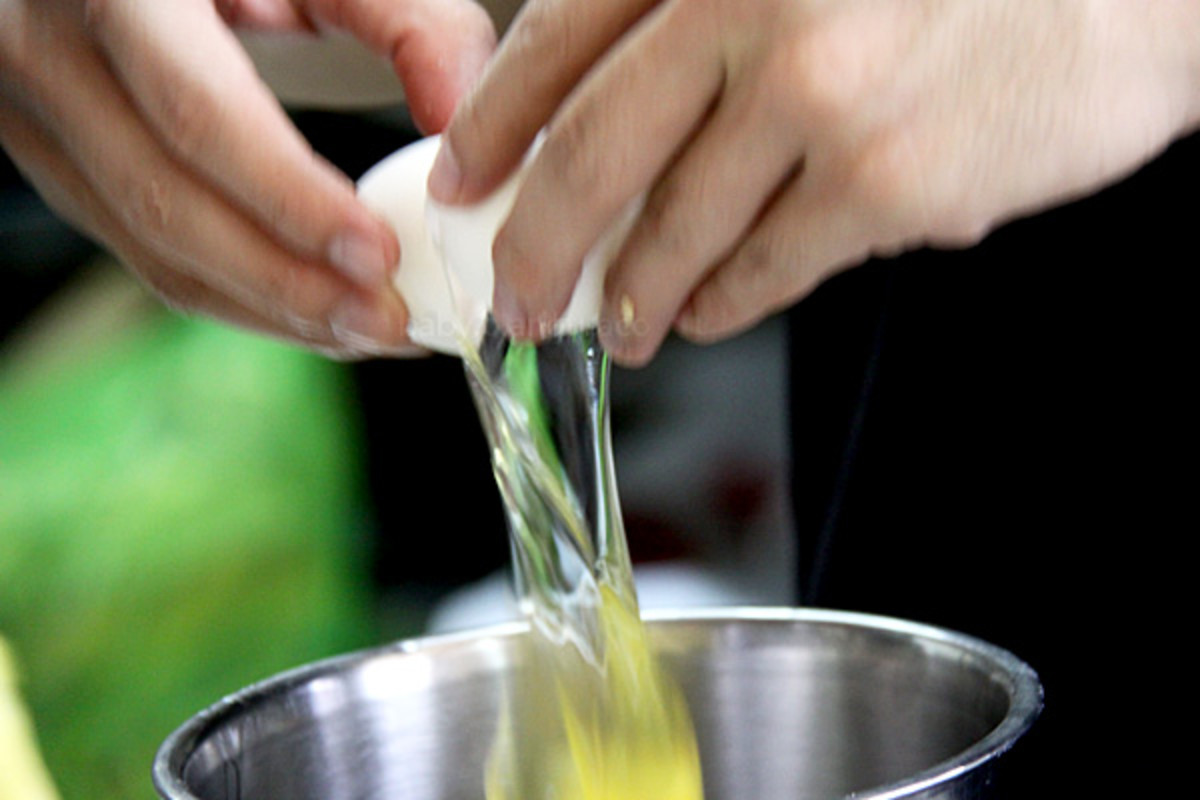How to Make a Roux and More
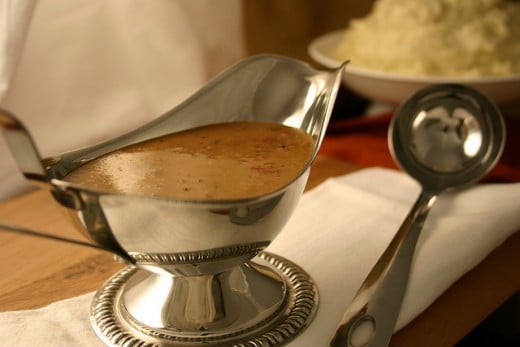
A roux is basically a fancy name for a thickening agent. A roux recipe will basically have you combine a fat with flour. In traditional French cooking a roux is made from clarified butter and flour. A roux can be used in nearly any dish that needs to be thickened. Many soups, stocks, gravy and sauces will make use of a roux. A roux can be prepared in numerous ways depending on how you want to use it. Below, I will provide a traditional roux recipe.
Ingredients
- 5 parts by weight Flour
- 5 parts by weight Clarified Butter
Roux Recipe Instructions
- Place a pan on the stove and set your heat to medium.
- Add your clarified butter to the pan. The amount of butter is dependent upon how much roux you will need. Your clarified butter should be 5 parts of the final recipe based on weight.
- Allow the clarified butter to melt.
- Reduce your heat to low.
- Now, slowly begin to add your flour while whisking until you have added all the flour.
- It should appear to be a thick yet smooth paste, much like wet sand. Now cook the roux until it is the proper color. See types of roux below for more information on this.
- That's it, you are done. It is that easy! When making a roux you can store it, but as the roux cools it will begin to separate. When this happens just whisk it back together. When adding your roux to a recipe, remember that cold ingredient should be added to hot and not the other way around. This will help ensure that the roux mixes well with the liquid butter.
What is Clarified Butter?
The main reasons people like to use clarified butter over other types of butter is because it doesn't burn as easily as regular butter and it emulsifies easier than regular butter. It's actually not hard to make your own clarified butter. Here is a quick recipe for making clarified butter:
- Melt unsalted butter over medium heat until it is completely melted and the foam stops rising.
- Skim off the foam
- Now line a strainer with some cheesecloth a few times and pour the butter through into a bowl.
- What you have in your bowl is now clarified butter.
You will lose about 25% of the butter after this process. If you need 1 cup of clarified butter you should start with about 1.25 cups of unsalted butter.
Types
All types of roux are made the same way. The only difference that is made to the recipe is how long you cook the roux. The reason for using a darker roux recipe comes down to flavor. The darker your roux the nuttier the flavor will be. A white roux will add nearly no flavor where a dark brown roux recipe will have a rich, nutty flavor to it. It is also important to note that as your roux gets darker it will lose some of its thickening power.
White Roux: Cook for about 5 minutes. Simply cook until the flour is no longer raw. This is perfect for a béchamel sauce.
Blonde Roux: Cook for about 20 minutes. This is a great all-purpose roux and is probably the most commonly used roux.
Brown Roux: Cook for about 35 minutes. This is often times referred to as a peanut butter roux due to its color. This is common in Cajun style cooking.
Dark Brown Roux: Cook for about 45 minutes. This roux is more for flavor rather than a thickening agent. Remember the longer you cook a roux the less of a thickening agent it becomes.
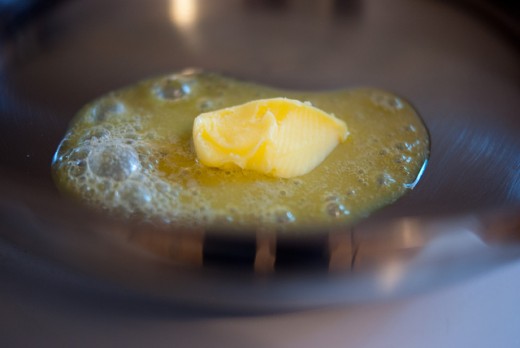
How to Use a Roux
A good roux recipe is basically a tool to put in your tool belt when cooking. You would never eat a plain roux, but when you are good at creating the building blocks of your food your food will begin to taste better. When you can understand the basics of cooking like a roux it becomes easier to experiment with cooking and to create your own recipes. Below are some very common uses for a roux.
- Any kind of gravy will use a roux recipe.
- A roux can be used to thicken soups.
- A simple roux recipe can make any sauce richer and more thick.
- A roux is often times used in chowder and gumbos.
- Try using a roux recipe in your pie fillings.
- A roux will also thicken a glaze.
Kinds of Fat for Roux Recipe
Above I talk about using clarified butter in a traditional roux recipe, but you can use any kind of fat you want. Below are just a few idea for different fats you can try.
- Bacon grease is a great fat to use when you want to add an extra boost of flavor to your roux recipe.
- Oils are good when you plan to cook your roux longer since many of them have a higher smoke point.
- Any type of butter will work, but clarified butter is recommended.
- Try to experiment with different types of grease, oils and butters and see which ones work best in your recipes.
Roux; Perfect for Thickening Sauces
Once you begin using this easy roux recipe in your cooking, you will wonder how you ever went without knowing how to make a roux. Your gravy will be super rich and have a wonderfully silky smooth texture. You will love making creamy, thick soups and an amazingly thick béchamel sauce. Making a roux is really easy, and it makes a huge difference in your cooking.



